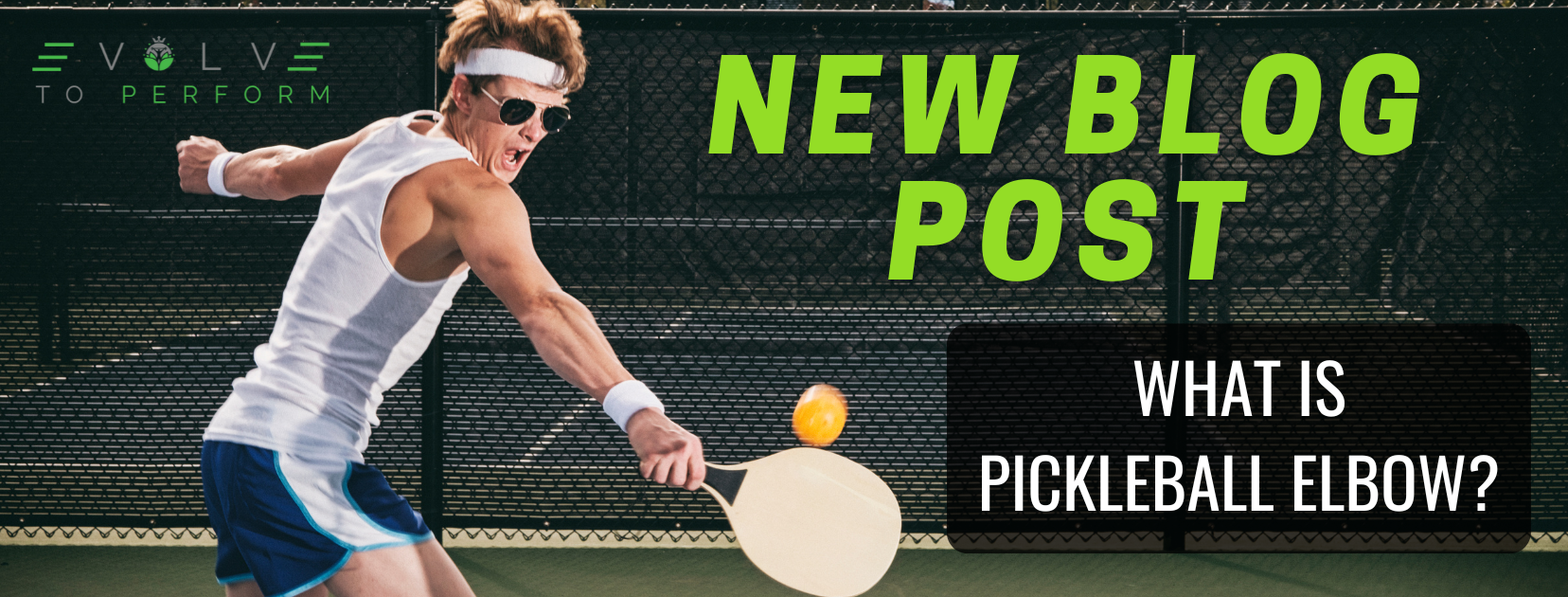
16 Jan Pickleball Got You in a Pickle??
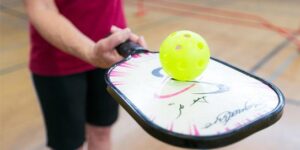
New Year, New You Pain?
Nagging Elbow Pain After Picking Up a New Hobby?
We’re a few weeks into the new year and you’re crushing your resolutions. You’ve been lifting weights 3-5x/week, maybe you jumped on the pickleball band wagon to stay more active, and your diet has been solid for 2 weeks and counting (no one needs to know about that cheat day last week)… nice! But now you notice this elbow pain that doesn’t seem to leave up, and it’s really nagging and irritating.
What Is Pickle Ball Elbow?
Pickleball elbow, which also has many other names (lateral epicondylitis, lateral elbow tendinosis, tendinopathy) is a common injury where the tendon (structures that attach muscle to bone) of the forearm becomes tender and painful when gripping, lifting, or carrying things. It can start off like a nagging pain, but may progress to the point where it starts to interfere with sports, work, and daily activities.
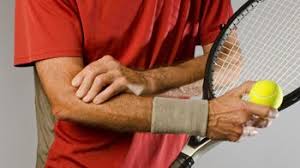
How Does The Tendon Become So Irritated?
This type of injury, known as tendinopathy (translation: a problem with the tendon) is usually a result of overloading the tendon. Typically, there is no obvious event or trauma that caused the onset of pain. Instead, symptoms start after a sudden increase in activity or load. For example, if you have been out of the gym for a while and then jump back into a full routine. Or if you found a new love for pickleball and are suddenly taking hundreds of swings a week. Both are pretty good examples of how to overload a tendon.
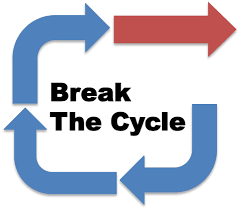
The Vicious Cycle – Tendonitis vs Tendinosis vs Tendinopathy
Tasks that require repetitive movements (pickleball, tennis, swinging a hammer etc) can lead to wear and tear on the soft tissue and become a real issue. As the number of reps increase, the muscles fatigue, more stress is put on the tendon, things start to break down leading to an inflammatory response (Tendonitis).
Without any intervention or recourse to address the repeated inflammation, this will progress into a breakdown of the tendon itself (Tendinosis). At this point it has been several weeks to a couple of months of this repeated cycle. Treating the inflammation is no longer effective. In fact NSAIDs, and steroids can potentially add to the problem if continued. The reason being is because the inflammation (which is what NSAID’s, and steroids treat) is no longer the issue.
Both tendonitis and tendinosis will present with pain in the same region, which is why this type of injury is referred to as a tendinopathy. A more general term that just means there is a problem with the tendon.
Not a Pickleball/Tennis Player But You Have a Similar Issue?
Despite its name, tennis players are only a small part of the population of people who are dealing with tennis elbow. It’s also common amongst lifters, and laborer workers who use heavy work tools and/or perform repetitive tasks. No worries, you will still find help within this piece.
So, What Do You Do?
1) Rest – Offloading the elbow is going to be an important first step. This doesn’t mean we run to the couch, but we may have to limit the number of reps and/or hours of play for the short term.
While you take your foot off of the gas and allow the healing process to begin, we also want to make sure that everything stays fluid and supple. Below is a video compilation of several self massage techniques that can be used to reduce painful symptoms, as well as keep the area mobile.
2) Rehab – Next is to identify the root cause of what led to this injury in the first place.
Address the underlying individual biomechanical issues, gauge what activities are not going to increase pain, and start there. This is where your PT comes into play to help you streamline this process.
3) Strengthen – Tendons need to be prepared to handle the activity you are performing. Meaning they have to be progressively loaded in order to bulletproof them from break down and repeat the process all over. This is where a strategic, and individualized plan is carried out.
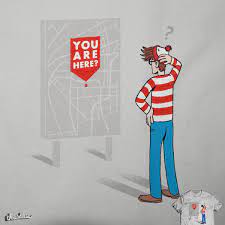
Where Are You Within This 3 Step Process?
If you are free and clear within 3 to 5 days of rest and the pain does not return, it was most likely a simple case of inflammation. If the pain persists or returns as soon as you resume activity, then you are most likely dealing with any one of the T’s (tendonitis, tendinosis tendinopathy) that needs much more attention.
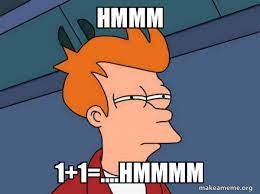
Is it Something Else?
Sometimes, things aren’t what they seem. In the case of elbow pain, the neck/shoulder can actually be what’s causing the symptoms, making any intervention to the elbow useless. This is where getting to a physio or another healthcare professional for an assessment becomes a valuable investment of your time.
Want to learn more about Tennis Elbow, or how we can help you perform at your best? You can email us directly, at info@evolvetoperform.com OR set up a 15-Minute phone call here!

